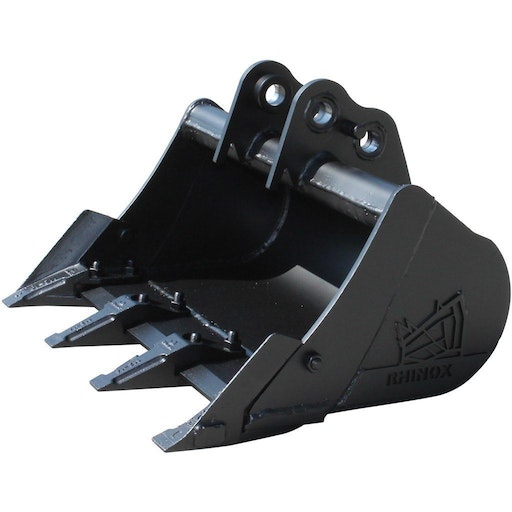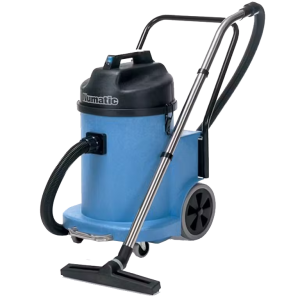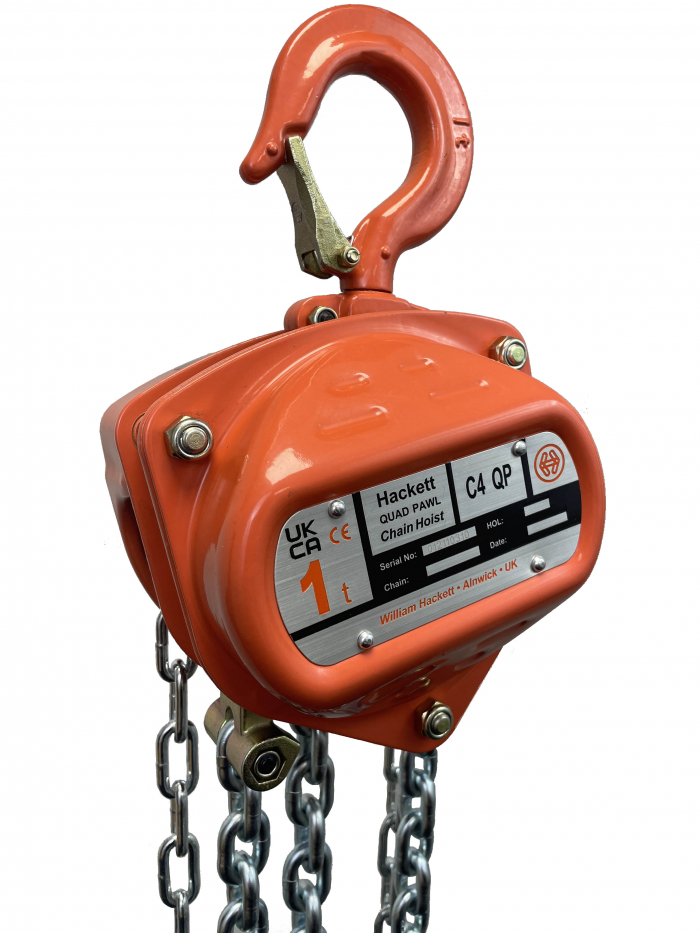
Concrete is a cornerstone of modern construction and plays an essential role in creating durable and resilient structures. Whether you're building a driveway, laying foundations, or crafting intricate architectural features, understanding how to mix concrete correctly is crucial. This comprehensive guide will provide everything you need to know about mixing concrete. We will cover the fundamentals of concrete, the different types of mixers available, including the 5/3 concrete mixer, the 4/3 concrete mixer, and the paddle mixer, and the steps involved in mixing concrete effectively.
Understanding Concrete
Concrete is a composite material composed of the following:
- Coarse aggregate, also known as gravel
- Fine aggregate, also known as sand
- Cement
- Water
When these components are combined, they form a workable paste that hardens over time, gaining strength and durability.
The quality of the mix significantly influences the concrete's performance and longevity. Proper mixing ensures uniformity, strength, and workability, essential for all construction projects.
Key Components of Concrete
- Cement: The binder that holds everything together.
- Aggregates: This includes both coarse (gravel) and fine (sand) materials.
- Water: Activates the cement and helps it to harden and cure.
- Additives: These can be added to enhance properties like workability, setting time, and durability.
Importance of Proper Mixing
Proper mixing of concrete is essential to achieve the desired strength, durability, and workability. Poorly mixed concrete can result in weak structures that are susceptible to cracking and other forms of damage. It is vital to follow precise mixing ratios and procedures to ensure a high-quality end product.
Choosing the Right Mixer
Selecting the appropriate mixer is essential for achieving the desired consistency and strength in your concrete. The type of mixer you choose will depend on the scale of your project and specific requirements. Here, we will explore different types of concrete mixers, including the 5/3 concrete mixer, the 4/3 concrete mixer, and the paddle mixer.
Types of Concrete Mixers
Hand Mixers
- Features: Portable, easy to use, suitable for small batches.
- Benefits: Ideal for DIY projects and minor repairs.
- Applications: Garden paths, small patios, and minor structural repairs
Drum Mixers
- Features: Rotating drum, available in various sizes.
- Benefits: Efficient for medium to large projects, consistent mix quality.
- Applications: Residential driveways, footings, and small commercial projects.
4/3 Drum Mixer
- Features: Often referred to as a mini mixer, the 4/3 drum mixer is compact and perfect for small to medium-sized projects. It offers a mix capacity of approximately 90 litres.
- Benefits: Lightweight, easy to transport, and efficient for smaller batches.
- Applications: Home improvement projects, small patios, and pathways.
5/3 Drum Mixer
- Features: Larger than the 4/3 drum mixer, the 5/3 model has a mix capacity of about 130 litres. It is ideal for larger residential projects and small commercial jobs.
- Benefits: Provides efficient mixing for bigger batches, robust construction.
- Applications: Larger driveways, foundation work, and medium-sized construction projects.
Pan Mixers
- Features: Stationary pan with rotating blades.
- Benefits: Superior mixing action, ideal for high-strength concrete.
- Applications: Precast concrete, decorative concrete, and high-performance concrete applications.
Continuous Mixers
- Features: Continuous feed of materials, constant output.
- Benefits: Suitable for large-scale projects, reduces downtime.
- Applications: Large commercial projects, infrastructure development, and road construction.
Paddle Mixers
- Features: Equipped with rotating paddles, excellent for mixing smaller batches with precision.
- Benefits: Perfect for mixing mortar, plaster, and other fine mixtures. Provides a consistent mix for detailed and delicate work.
- Applications: Tiling, rendering, and specialised construction tasks requiring a smooth, consistent mix.
How to mix Concrete
1. Gather Materials and Tools
Ensure you have all necessary materials: cement, sand, gravel, and water. Additionally, you will need a shovel, a wheelbarrow, or a mixing board, and your chosen mixer, such as a 4/3 or 5/3 concrete mixer, or even a paddle mixer for smaller tasks.
2. Prepare the Mixer
For drum mixers like the 4/3 and 5/3 models, ensure the drum is clean and free of any old concrete residues. Position the mixer on a flat, stable surface and ensure it's securely fastened to prevent movement during operation.
3. Measure Ingredients
Accurate measurement of ingredients is crucial for achieving the desired concrete strength. A standard mix ratio is 1 part cement, 2 parts sand, and 4 parts gravel, with water added gradually until the desired consistency is reached. For smaller, more precise tasks, a paddle mixer can be used to ensure a smooth and consistent mix.
4. Add Ingredients to the Mixer
Start by adding about half of the water required. Then, add the gravel and sand to the mixer. Once these components are mixed thoroughly, add the cement. Continue to mix until the ingredients are well combined. Gradually add the remaining water until the concrete reaches a workable consistency. For paddle mixers, add all dry ingredients first, followed by water, and mix until smooth.
5. Mix Thoroughly
Allow the mixer to run until the concrete is uniformly mixed, typically for about 3-5 minutes. The mix should be homogenous, without any dry pockets or excessive water pooling.
6. Check Consistency
The concrete should be workable but not too wet. A good test is to use a shovel to scoop a small amount of the mix and see if it holds its shape without slumping excessively.
7. Pour and Work Quickly
Once mixed, transport the concrete to the site and pour it into place. Concrete begins to set quickly, so it's essential to work efficiently, spreading and compacting the concrete to eliminate air pockets and achieve a smooth finish.
Benefits of Properly Mixed Concrete
Durability
Properly mixed concrete is resistant to weathering, chemicals, and heavy loads, ensuring long-lasting structures. This is especially important for outdoor applications such as driveways and pathways.
Strength
Accurate mixing ratios and thorough mixing produce high-strength concrete, essential for structural integrity. This is critical for foundational work and load-bearing elements in construction.
Workability
The right consistency makes it easier to work with, allowing for better shaping, finishing, and curing. This is particularly beneficial when creating detailed architectural elements or smooth surfaces.
Cost-Efficiency
Efficient mixing reduces waste and optimises the use of materials, leading to cost savings. Proper mixing techniques also minimise the risk of rework, saving both time and money.
Applications in Construction
Foundations
Concrete's strength and durability make it ideal for building solid foundations for residential and commercial structures. Properly mixed concrete ensures the foundation can support the load of the building and resist environmental stresses.
Driveways and Paths
Concrete is a popular choice for driveways and paths due to its durability and ability to withstand heavy traffic. A well-mixed concrete surface can last for decades with minimal maintenance.
Structural Elements
Concrete is used for beams, columns, and slabs, providing essential support and stability in buildings. High-strength concrete, mixed thoroughly, ensures these elements can bear significant loads without failure.
Decorative Features
Coloured and stamped concrete can create aesthetically pleasing designs for patios, walkways, and interior floors. Proper mixing is crucial to achieve a consistent colour and texture, enhancing the visual appeal of the project.
High-Performance Applications
For projects requiring high-performance concrete, such as bridges or high-rise buildings, using a pan mixer ensures the mix is of the highest quality, with precise control over the composition.
Concrete Mixers in Detail
The 4/3 Concrete Mixer
The 4/3 concrete mixer, often referred to as a mini mixer, is a compact and versatile tool perfect for small to medium-sized projects. With a mix capacity of approximately 90 litres, this mixer is ideal for home improvement tasks, garden paths, and small patios.
- Features: Lightweight, portable, and easy to operate.
- Benefits: Efficient for smaller batches, reduces manual labour, and ensures consistent mixing.
- Applications: Home projects, minor repairs, and landscaping tasks.
The 5/3 Concrete Mixer
The 5/3 concrete mixer is a step up from the 4/3 model, offering a larger mix capacity of around 130 litres. This makes it suitable for larger residential projects and small commercial jobs.
- Features: Robust construction, larger capacity drum.
- Benefits: Ideal for larger batches, provides consistent and thorough mixing.
- Applications: Larger driveways, foundation work, medium-sized construction projects.
The Paddle Mixer
Paddle mixers are designed for mixing smaller batches with precision. They are equipped with rotating paddles that ensure a consistent mix, making them perfect for fine mixtures such as mortar and plaster.
- Features: Rotating paddles, lightweight, portable.
- Benefits: Ideal for detailed and delicate work, ensures a smooth and consistent mix.
- Applications: Tiling, rendering, and specialised construction tasks requiring precision.
Detailed Mixing Instructions
Using a 4/3 or 5/3 Concrete Mixer
- Preparation: Ensure the mixer is clean and positioned on a stable surface.
- Loading: Add about half of the water into the drum.
- Adding Aggregates: Pour in the gravel and sand, then add the cement.
- Mixing: Allow the mixer to run for a few minutes until the ingredients are well combined.
- Adjusting Consistency: Gradually add the remaining water until the desired consistency is achieved.
- Quality Check: Check the consistency by scooping a small amount with a shovel. It should hold its shape without excessive slumping.
- Pouring: Transport the concrete to the site and pour it immediately.
Using a Paddle Mixer
- Preparation: Clean the mixer and ensure all components are in good working condition.
- Loading: Add dry ingredients (cement, sand) into the mixing container.
- Adding Water: Pour in water gradually while the mixer is running.
- Mixing: Allow the paddle to run until the mixture is smooth and consistent.
- Quality Check: Ensure there are no lumps or dry patches in the mix.
- Application: Use the mixture immediately for the task at hand.
Enhancing Concrete Quality
Additives and Admixtures
Additives can enhance the properties of concrete, making it more suitable for specific applications. Common additives include:
- Plasticisers: Improve workability without adding extra water.
- Accelerators: Speed up the setting time, useful in cold weather.
- Retarders: Slow down the setting time, beneficial in hot weather.
- Air-Entraining Agents: Increase durability and resistance to freeze-thaw cycles.
Curing Process
Proper curing is essential for achieving the desired strength and durability of concrete. Keep the concrete moist and at an appropriate temperature for several days after pouring. This can be done by covering it with wet burlap, plastic sheeting, or using a curing compound.
Conclusion
Mixing concrete is an essential skill in the construction industry, impacting the quality and durability of the final structure. By choosing the right mixer and following the correct mixing procedures, you can ensure a high-quality mix suitable for a wide range of applications. Whether you're a DIY enthusiast or a professional contractor, understanding the nuances of concrete mixing will enhance the success and longevity of your projects.
With options like the 4/3 and 5/3 concrete mixers, as well as paddle mixers for more precise tasks, you can achieve professional results, ensuring your concrete structures stand the test of time. Properly mixed concrete not only improves the structural integrity of your projects but also adds value through durability and aesthetic appeal. Invest in quality mixers and follow best practices to maximise the benefits of this versatile building material.







